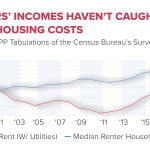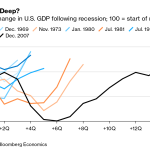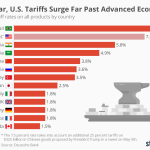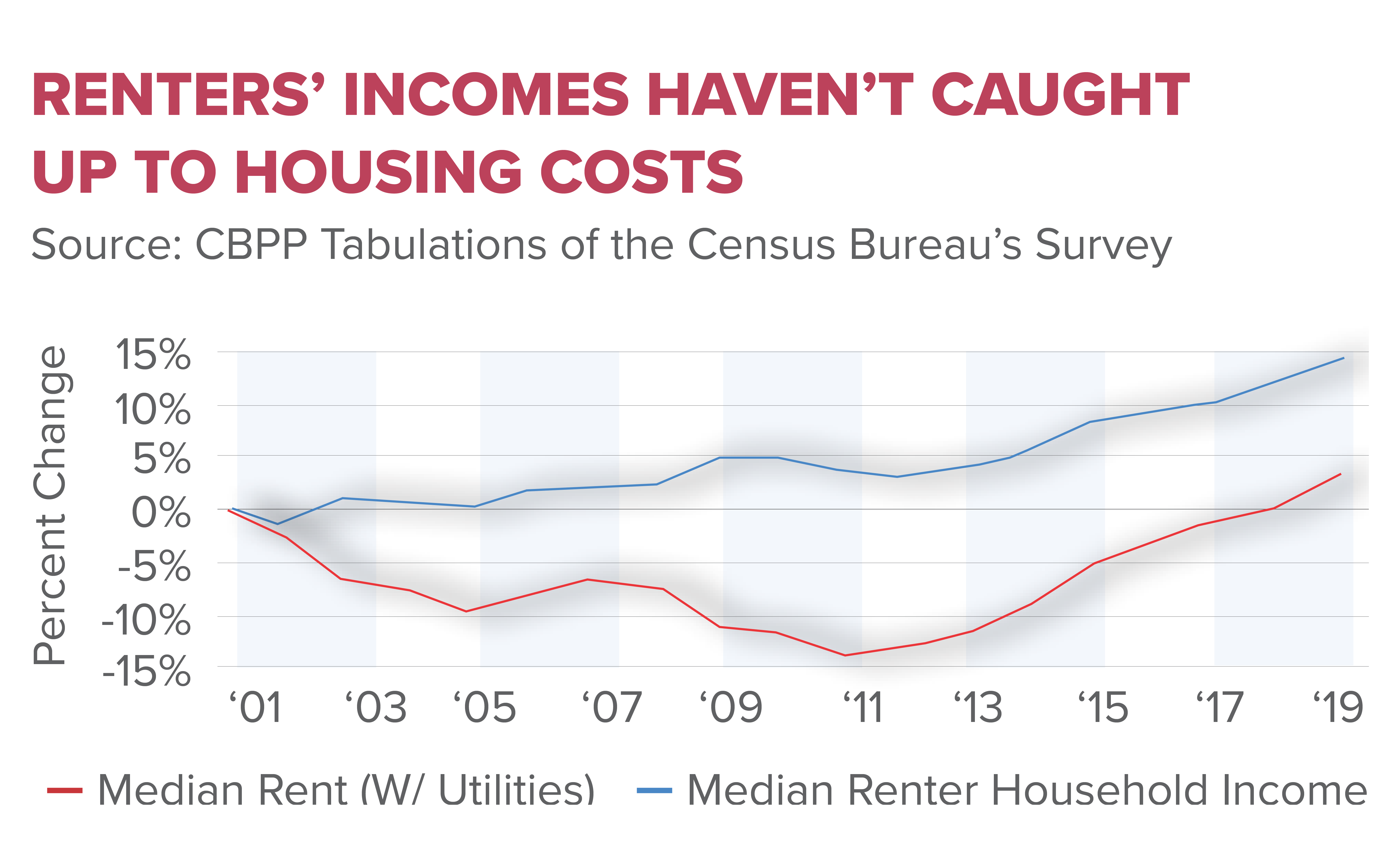The housing affordability crisis is one of the most pressing issues facing American society today, effectively closing the door to homeownership for many would-be buyers. Over the past decades, soaring prices have dramatically outpaced wage growth, exacerbating the challenges individuals face in the housing market. Contributing factors include stringent land-use regulations that stifle development and the influence of NIMBYism, which can hinder the construction of new housing projects. Additionally, the decline in construction productivity poses a significant barrier to addressing the increasing demand for affordable homes. As policymakers and communities grapple with these complexities, understanding the interplay of housing market trends, homeownership challenges, and regulatory frameworks becomes essential for finding viable solutions.
In recent years, the struggle for accessible housing has intensified across urban and suburban landscapes, linked closely to what many describe as an affordability crisis. This situation reflects a broader dilemma where potential homeowners face insurmountable hurdles due to rising living costs and restrictive zoning laws. As communities confront the impacts of development delays and a stagnating housing supply, innovations in construction and relaxed regulations are being explored. The social fabric of neighborhoods is tested by local opposition to new housing developments, often rooted in a ‘not in my backyard’ mentality. Ultimately, addressing these issues requires a collective effort to enhance construction productivity and reshape political discussions around land use.
Understanding the Housing Affordability Crisis
The housing affordability crisis in America has escalated rapidly over the last few decades, resulting in many individuals and families struggling to find suitable living accommodations. As housing prices continue to rise, the dream of homeownership, which was once considered a rite of passage for many, is increasingly out of reach for a substantial portion of the population. Factors contributing to this crisis include soaring home prices, stagnant wages, and an ongoing shortage of affordable housing options, leading to what some have termed a perfect storm of barriers in the housing market.
Not only have real estate prices more than doubled since 1960, but they have also significantly outpaced income growth. According to recent studies, this widening gap has had a severe impact on lower and middle-income families, pushing them further away from achieving homeownership. The inability to purchase a home can lead to a myriad of associated issues, from increased reliance on rental properties that have their own affordability challenges to a lack of stability that homeownership typically brings. Thus, understanding the nuances of the housing affordability crisis is essential for policymakers aiming to implement effective solutions.
Frequently Asked Questions
What is the housing affordability crisis and how does it relate to housing market trends?
The housing affordability crisis refers to the increasing difficulty for many Americans to afford a home, exacerbated by rising home prices and stagnant wages. Recent housing market trends indicate that the cost of homes has surged, leaving homeownership out of reach for a significant portion of the population. Factors contributing to this crisis include limited housing supply, increased demand, and regulatory barriers.
How do land-use regulations contribute to the housing affordability crisis?
Land-use regulations play a significant role in the housing affordability crisis by restricting the size and scale of housing developments. These regulations can limit the construction of larger, more affordable housing projects by imposing various requirements on builders. As a result, these limitations lead to smaller developments and increased costs, ultimately exacerbating the housing affordability issues many face.
What impact does NIMBYism have on the housing affordability crisis?
NIMBYism, or ‘Not In My Backyard’ mentalities, contributes to the housing affordability crisis by causing local residents to oppose new developments in their neighborhoods. This resistance can lead to stricter land-use regulations and delays in housing construction, further tightening the housing market and making it harder for individuals and families to find affordable options.
How does construction productivity relate to the housing affordability crisis?
Construction productivity is crucial to addressing the housing affordability crisis because increased productivity can lead to a greater supply of homes without significantly raising costs. However, since the 1970s, construction productivity has stagnated due to regulatory constraints and smaller project sizes, which limits the ability of builders to produce affordable housing at scale.
What are some homeownership challenges contributing to the housing affordability crisis?
Homeownership challenges, such as rising property prices, high mortgage interest rates, and limited inventory, significantly contribute to the housing affordability crisis. Many potential buyers struggle to secure financing or cannot find suitable properties within their budget, making it difficult to achieve homeownership in today’s market.
| Key Point | Explanation |
|---|---|
| Housing Affordability Crisis | The significant increase in housing prices, making homeownership unattainable for many Americans. |
| Impact of Land-Use Regulations | Strict local regulations hinder mass construction, leading to higher costs and reduced innovation in the housing sector. |
| Decline of Construction Productivity | Productivity in construction has decreased significantly since the 1970s despite overall economic growth. |
| Effects of NIMBYism | ‘Not in My Backyard’ attitudes lead to smaller projects and less investment in cost-saving innovations. |
| Intergenerational Housing Wealth Transfer | Younger generations are facing declining housing wealth compared to older generations, exacerbating economic divides. |
| Historical Context | From the 1930s to the 1970s, construction productivity grew faster than manufacturing, revealing potential for scaling. |
Summary
The housing affordability crisis is affecting countless Americans today, driven by steep increases in housing prices, restrictive land-use regulations, and a marked decline in construction productivity. As the research indicates, the shift towards smaller, less efficient construction projects has stifled innovation and reduced the number of affordable homes. To address the housing crisis, it is crucial for policymakers to reassess zoning laws and promote sustainable development practices that could revitalize the sector, making homeownership accessible again.








